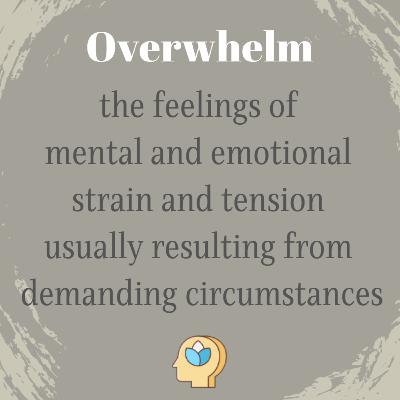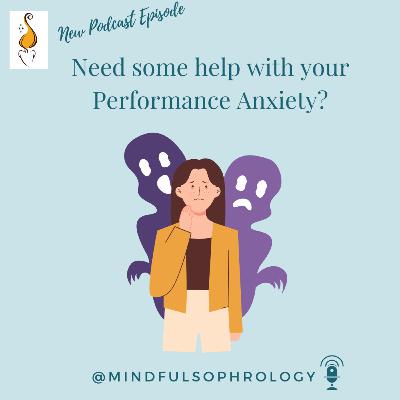What are the components that make up our Resilience?
Description
𝑻𝒉𝒆 𝑩𝒖𝒊𝒍𝒅𝒊𝒏𝒈 𝑩𝒍𝒐𝒄𝒌𝒔 𝒐𝒇 𝑹𝒆𝒔𝒊𝒍𝒊𝒆𝒏𝒄𝒆: Lifesaving Trait number 2.
Adversity and stress are a part of life, but how we respond will determine our level of wellbeing. We can wallow in self-pity or we can creatively explore new ways to overcome.
Being resilient does not mean that we don’t experience (dis)stress or emotional upset. Some people associate resilience with mental toughness, but demonstrating resilience includes experiencing pain and failure, working through adversity, accepting and adapting to situations, bouncing back, and moving forward.
Some of us are more naturally resilient than others, or we have been taught the skills to withstand hardship. And there may be times we need to reinforce our resilience skills to better weather the storm.
How we view adversity and stress strongly affects how we perform in daily life, and this is one of the most significant reasons that having a resilient mindset is so important. While we as individuals process trauma and adversity in different ways, there are certain protective factors that help build resilience by improving coping skills and adaptability.
New research suggests that natural resilience may not be as common as once thought. Especially when we are confronted with a major life-altering event and /or major life stressors, we struggle considerably and for longer periods of time.
Sophrology can help us reinforce the ressources we feel we need to rebuild or improve our resilience.
#resilience #sophrology #mindfulness #stresssolutions
























